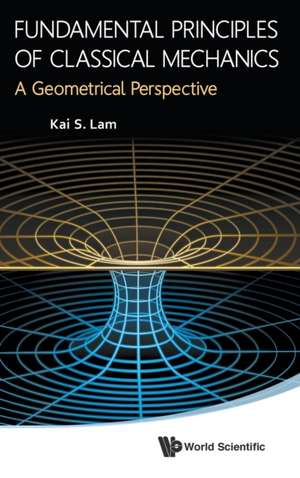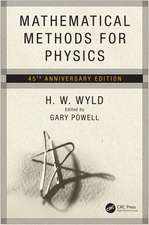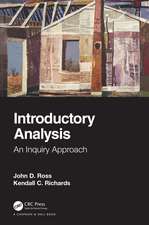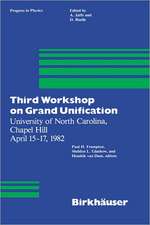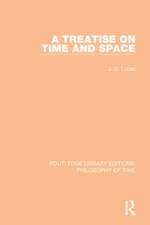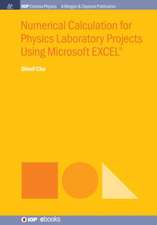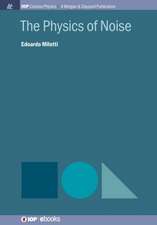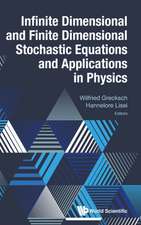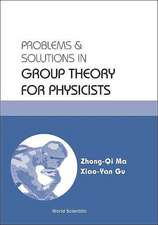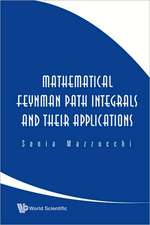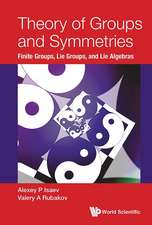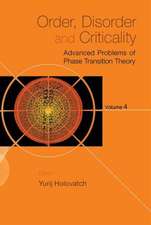Fundamental Principles of Classical Mechanics: A Geometrical Perspective
Autor Kai S Lamen Limba Engleză Hardback – 6 iul 2014
Preț: 587.17 lei
Preț vechi: 690.78 lei
-15% Nou
Puncte Express: 881
Preț estimativ în valută:
112.35€ • 117.62$ • 92.97£
112.35€ • 117.62$ • 92.97£
Carte tipărită la comandă
Livrare economică 05-19 aprilie
Preluare comenzi: 021 569.72.76
Specificații
ISBN-13: 9789814551489
ISBN-10: 9814551481
Pagini: 574
Ilustrații: black & white tables, figures
Dimensiuni: 155 x 229 x 36 mm
Greutate: 0.98 kg
Ediția:New.
Editura: WORLD SCIENTIFIC
ISBN-10: 9814551481
Pagini: 574
Ilustrații: black & white tables, figures
Dimensiuni: 155 x 229 x 36 mm
Greutate: 0.98 kg
Ediția:New.
Editura: WORLD SCIENTIFIC
Cuprins
Contents: Vectors, Tensors, and Linear Transformations; Exterior Algebra: Determinants, Oriented Frames and Oriented Volumes; The Hodge-Star Operator and the Vector Cross Product; Kinematics and Moving Frames: From the Angular Velocity to Gauge Fields; Differentiable Manifolds: The Tangent and Cotangent Bundles; Exterior Calculus: Differential Forms; Vector Calculus by Differential Forms; The Stokes Theorem; Cartan's Method of Moving Frames: Curvilinear Coordinates in ℝ 3; Mechanical Constraints: The Frobenius Theorem; Flows and Lie Derivatives; Newton's Laws: Inertial and Non-inertial Frames; Simple Applications of Newton's Laws; Potential Theory: Newtonian Gravitation; Centrifugal and Coriolis Forces; Harmonic Oscillators: Fourier Transforms and Green's Functions; Classical Model of the Atom: Power Spectra; Dynamical Systems and Their Stabilities; Many-Particle Systems and the Conservation Principles; Rigid-Body Dynamics: The Euler-Poisson Equations of Motion; Topology and Systems with Holonomic Constraints: Homology and de Rham Cohomology; Connections on Vector Bundles: Affine Connections on Tangent Bundles; The Parallel Translation of Vectors: The Foucault Pendulum; Geometric Phases, Gauge Fields, and the Mechanics of Deformable Bodies: The "Falling Cat" Problem; Force and Curvature; The Gauss-Bonnet-Chern Theorem and Holonomy; The Curvature Tensor in Riemannian Geometry; Frame Bundles and Principal Bundles, Connections on Principal Bundles; Calculus of Variations, the Euler-Lagrange Equations, the First Variation of Arclength and Geodesics; The Second Variation of Arclength, Index Forms, and Jacobi Fields; The Lagrangian Formulation of Classical Mechanics: Hamilton's Principle of Least Action, Lagrange Multipliers in Constrained Motion; Small Oscillations and Normal Modes; The Hamiltonian Formulation of Classical Mechanics: Hamilton's Equations of Motion; Symmetry and Conservation; Symmetric Tops; Canonical Transformations and the Symplectic Group; Generating Functions and the Hamilton-Jacobi Equation; Integrability, Invariant Tori, Action-Angle Variables; Symplectic Geometry in Hamiltonian Dynamics, Hamiltonian Flows, and Poincaré-Cartan Integral Invariants; Darboux's Theorem in Symplectic Geometry; The Kolmogorov-Arnold-Moser (KAM) Theorem; The Homoclinic Tangle and Instability, Shifts as Subsystems; The Restricted Three-Body Problem;
